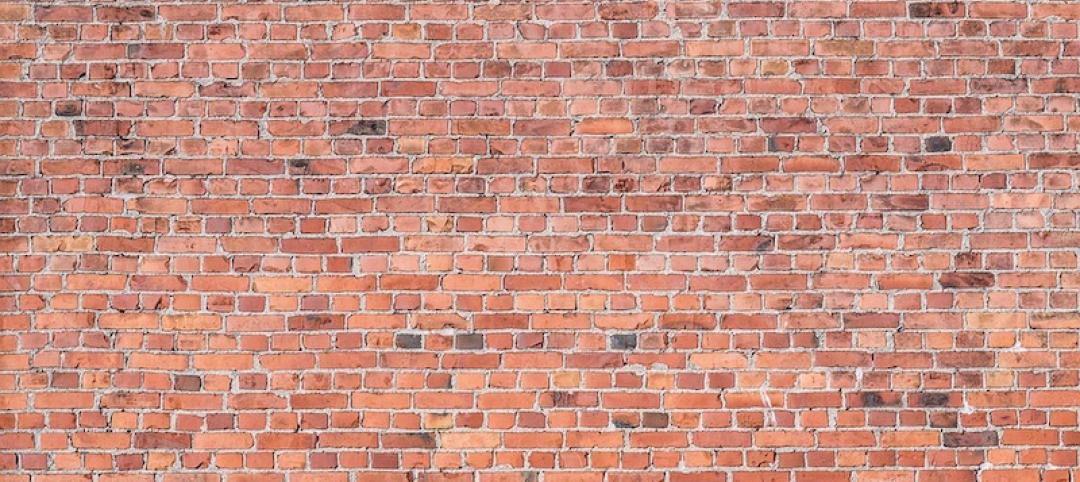A method to estimate the amount of CO2 generated by building occupants since the early 1980s may be off by as much as 25%.
Researchers at the National Institute of Standards and Technology (NIST) and George Mason University say the old formula relies on old data and a method lacking scientific documentation. To help address the problem, the researchers developed a new computation method that uses well-established concepts from the study of human metabolism and exercise physiology.
The new method relates CO2 generation rates to body size and composition, diet, and level of physical activity. Researchers say this results in more accurate estimates of the CO2 generated by individuals, and by extension, an improved estimate of the concentration produced by a building’s entire occupant population.
Measurements of indoor carbon dioxide (CO2) concentrations are used to evaluate indoor air quality. CO2 metrics are strongly linked to the levels of contaminants, such as gases and particles, circulating in the air. This information can be used to control ventilation, which helps clean the air, and can reduce the need for heating and cooling.
Related Stories
Codes and Standards | Mar 21, 2019
New York City contractors adding 5% to 10% to construction costs due to trade war
Tariffs on steel, aluminum, and other materials swell budgets.
Codes and Standards | Mar 20, 2019
Codes organizations to develop new guidelines on shipping containers as building components
Intl. Code Council and Modular Building Institute combine forces.
Codes and Standards | Mar 19, 2019
Plan for transformation of Lower Manhattan streetscapes unveiled
Pedestrian-friendly “Slow Streets” pilot starts on Earth Day 2019.
Codes and Standards | Mar 15, 2019
Newly developed building materials could have big impact on sustainability
Transparent wood, self-cooling walls, bricks that filter air pollutants among the technological breakthroughs.
Codes and Standards | Mar 14, 2019
U.S. and Canada differ on how to evaluate field performance of windows, curtain walls
Variations include laboratory test method for determining rate of air leakage.
Codes and Standards | Mar 13, 2019
Climate change can’t be stabilized without addressing urban sprawl
Even if power goes green, transportation will still be a major emissions source.
Codes and Standards | Mar 12, 2019
Virginia county hones new rainwater harvesting standard
Developer prompts new rules to use rainwater for heating and air conditioning.
Codes and Standards | Mar 8, 2019
Portland delays requirement for posted warnings on unreinforced brick and stone buildings
Regulation would mandate signs warning that buildings could be unsafe during earthquakes.
Codes and Standards | Mar 7, 2019
California will allow flame retardant-free building insulation
State also repeals business furniture flammability standard.
Codes and Standards | Mar 6, 2019
Sixty six construction companies cited for wage theft violations in Massachusetts
Penalties total $2.7 million.

















